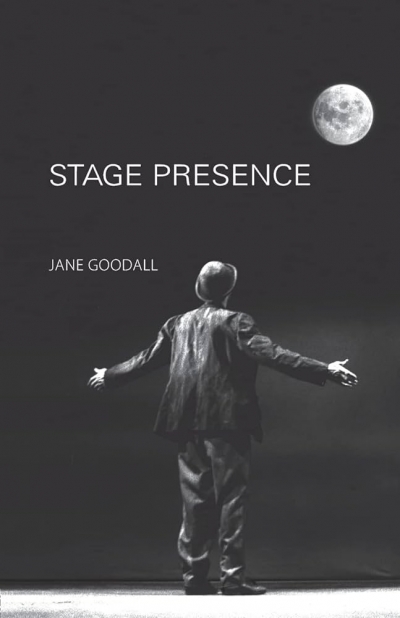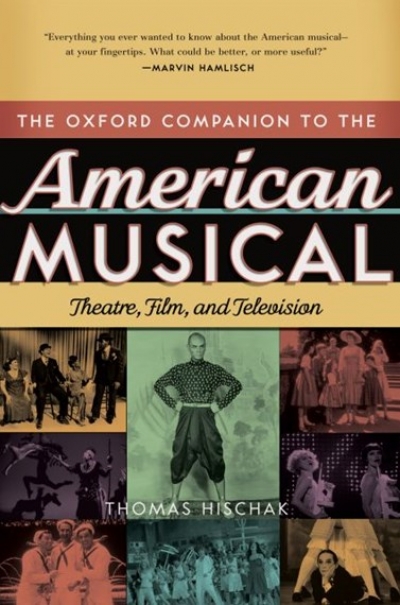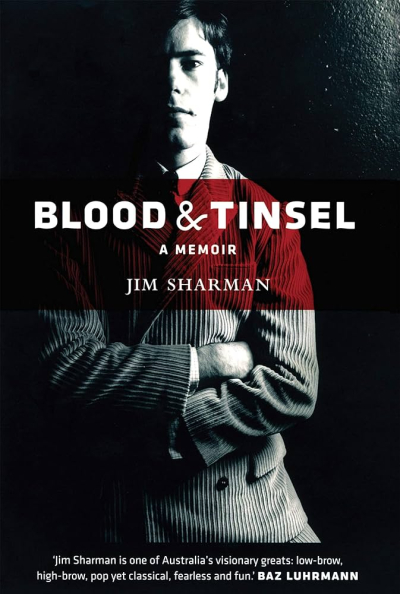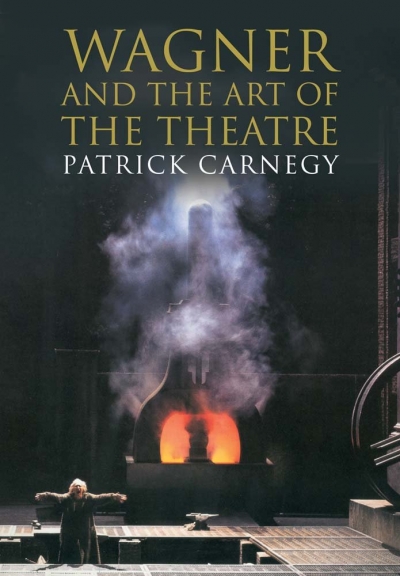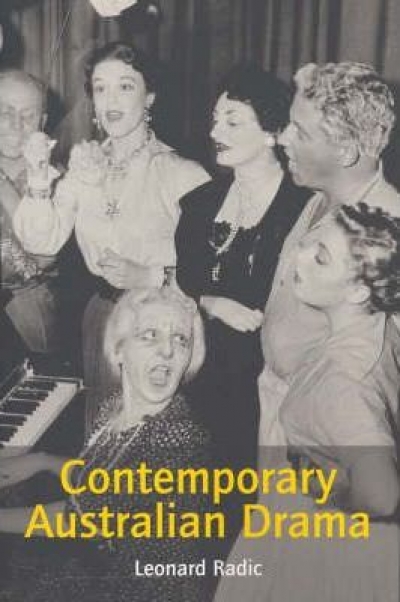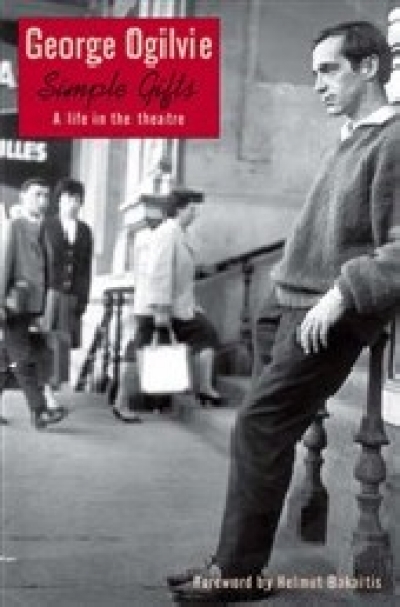Theatre
Talking Theatre: Interviews with Theatre People by Richard Eyre
by Michael Morley •
Robert Helpmann: A rare sense of the theatre by Kathrine Sorley Walker
by Lee Christofis •
Directors/Directing: Conversations On The Theatre by Maria Shevtsova and Christopher Innes
by Michael Morley •
The Oxford Companion to the American Musical: Theatre, film and television edited by Thomas Hischak
by Michael Morley •
Opera from the Greek: Studies in the poetics of appropriation by Michael Ewans
by Robert Gibson •




